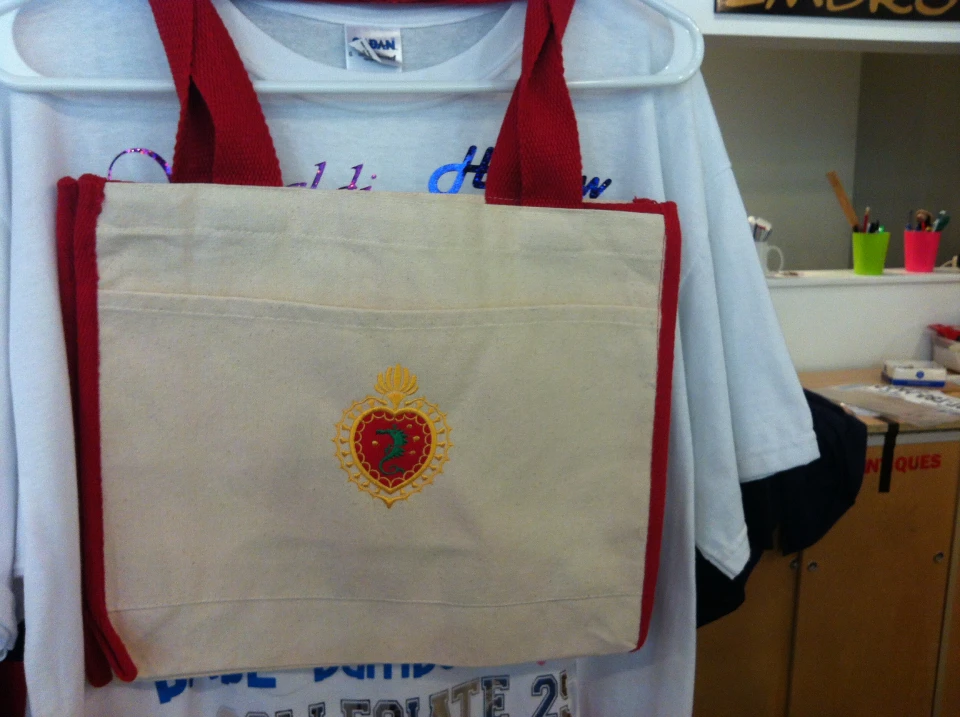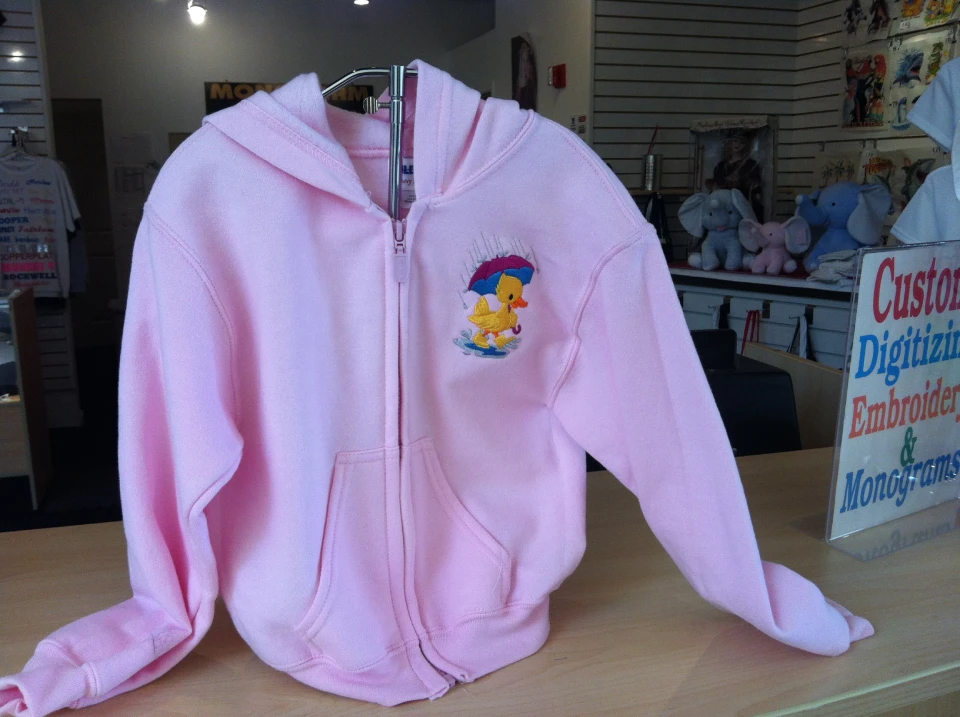Customized Lab Coats with Embroidery for Medical Professionals
Customized Lab Coats with Embroidery for Medical Professionals
Blog Article
The Art of Custom-made Needlework: Opening the Tricks to Creating Special and Unforgettable Styles
Needlework, a craft steeped in custom and creativity, holds within its complex stitches the power to change material into a canvas of distinct expression. The tricks to producing custom-made embroidery designs that captivate the eye and leave a lasting impression lie in a fragile equilibrium of method, imagination, and interest to detail. As we delve right into the globe of customized embroidery, we uncover the nuanced interaction in between thread selection, sew intricacy, and style personalization that boosts a simple garment to a work of art. Join us on a journey via the art of custom-made embroidery as we unravel the enigmas behind crafting genuinely memorable and distinctive productions.
Picking the Right Needlework Threads
When picking needlework strings, what crucial aspects should you think about to make sure the finest results for your customized designs? The choice of needlework string is vital in establishing the last result of your embroidered design.
Furthermore, the weight or density of the string plays a considerable role in the appearance of the needlework. Thicker strings can add measurement and appearance to your style, while finer threads are perfect for intricate information and little text. Additionally, taking into consideration the shade fastness and washability of the thread is crucial to make certain that your custom-made designs maintain their top quality and vibrancy in time. By carefully reviewing these aspects and choosing high-quality strings that satisfy your specific needs, you can improve the aesthetic appeal and long life of your embroidered productions.
Checking Out Various Stitch Techniques
To look into the realm of 'Discovering Different Stitch Strategies', one must comprehend the intricacies and nuances that each sewing method gives the art of needlework. Different stitch methods not just include visual rate of interest yet also add to the total texture and dimension of the layout. One popular stitch method is the satin stitch, which entails closely packed parallel stitches to produce a smooth and glossy surface, ideal for filling out shapes and developing vibrant outlines.
On the other hand, the backstitch is a flexible strategy often used for describing and including great information. It entails sewing in reverse to create a solid line of embroidery. Furthermore, the French knot stitch adds a responsive component to layouts, excellent for creating textured accents like flower centers or decorative touches.
Exploring different stitch techniques allows embroiderers to play with light, shadow, and depth within their designs, elevating the visual appeal and artistic quality of their needlework tasks. By understanding numerous sewing approaches, one can open endless possibilities for creating special and remarkable custom-made embroidery pieces.
Incorporating Personalized Style Aspects
Having actually explored the details of different stitch techniques such as the satin stitch, backstitch, and French knot, the emphasis now moves towards integrating personalized style elements in personalized see post embroidery tasks. Personalized layout elements play a critical function in making needlework projects genuinely unique and unforgettable.
Another method to include customized layout elements is by including icons or motifs that hold special definition to the recipient or reflect their rate of interests and individuality. Incorporating a preferred blossom, pet, or hobby-related symbol can make the embroidery style extra meaningful and customized. In addition, picking colors that resonate with the recipient or line up with the desired motif can further improve the customization of the needlework task.
Mastering the Art of Shade Control

One secret facet of color coordination is recognizing shade theory. This consists of recognizing how various colors interact with each other, the emotions they convey, and exactly how they can be combined to create visually enticing layouts. By applying color theory principles, embroiderers can produce unified color palettes that improve the general appearance of the layout.
In addition, paying attention to contrast is important in shade coordination. Using contrasting colors can assist specific components of the layout pop, boost readability, and create a visually dynamic embroidery item. By mastering the art of shade coordination, embroiderers can elevate their designs and create memorable pieces that resonate with clients and viewers alike.
Enhancing Texture With Advanced Embroidery Stitches

French knots, for instance, are best for including tiny, elevated dots to your layout, resembling the More Info appearance of grains or developing a distinctive surface area. Bullion knots, on the other hand, can be utilized to produce twisted, ropelike aspects that add an extravagant feeling to the needlework. Seed stitching involves tiny, scattered stitches that can fill out locations with a multicolor appearance, while turkey work develops fluffy, dimensional accents evocative pet fur or foliage. Experimenting with these sophisticated embroidery stitches allows you to push the boundaries of typical needlework and produce genuinely distinct and visually appealing appearances in your layouts.
Final Thought
In final thought, the art of custom needlework involves a mix of selecting the right strings, exploring numerous stitch techniques, including individualized design aspects, mastering shade coordination, and boosting texture with sophisticated stitches. By understanding and carrying out these essential components, embroiderers can create special and memorable styles that display their imagination and ability. Embroidery lovers can open the secrets to producing beautiful and custom items that stand out and leave an enduring impression.
Report this page